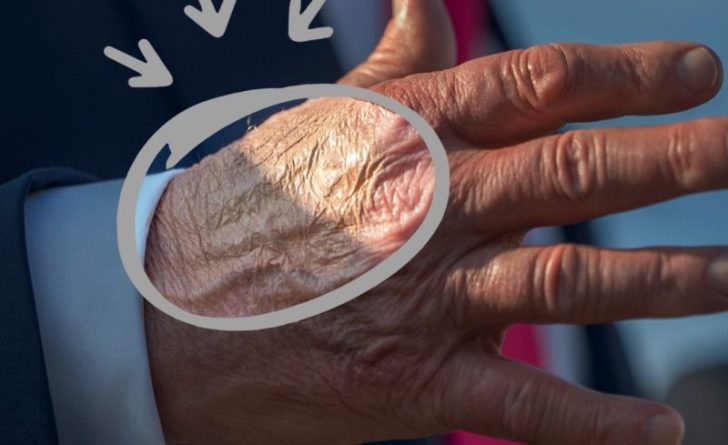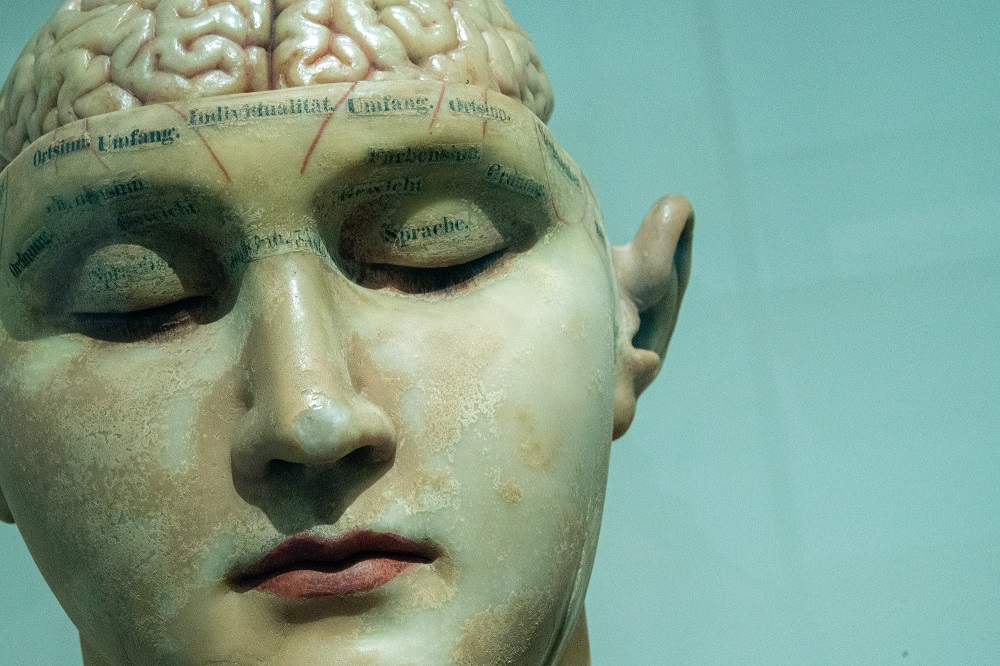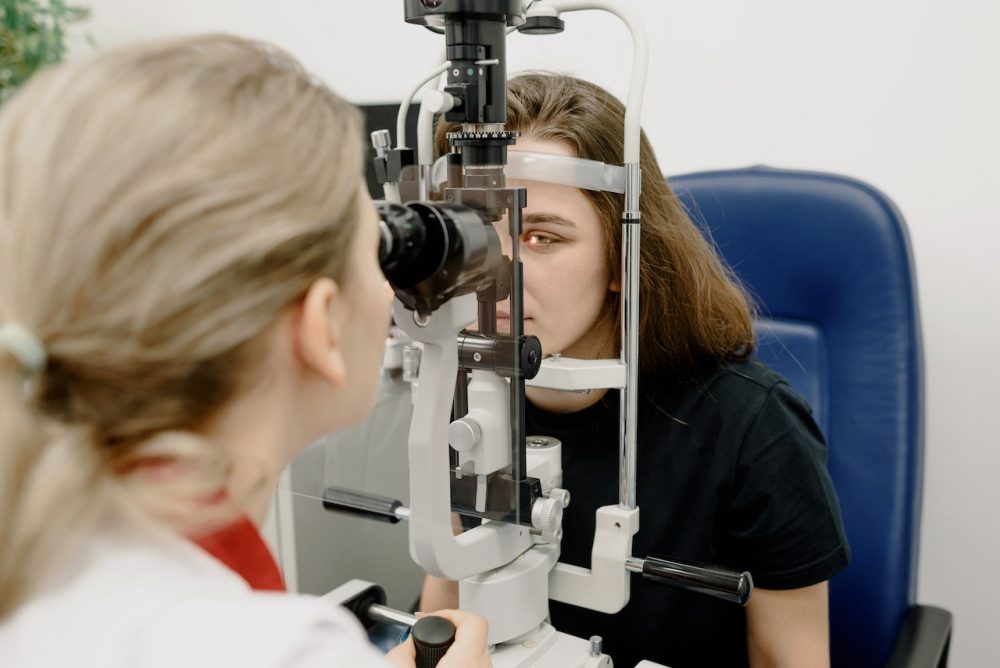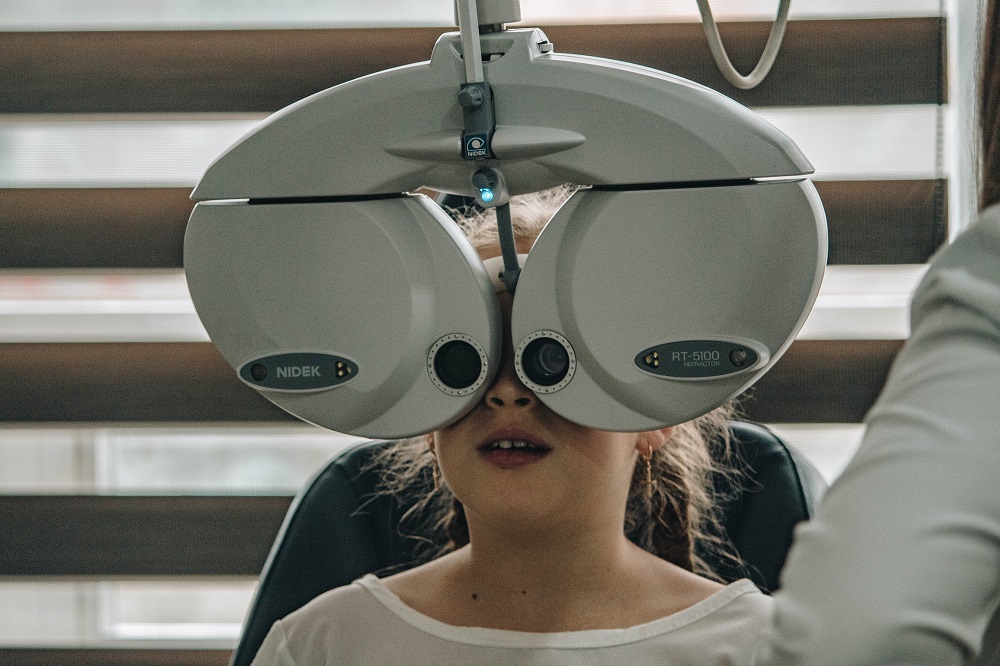Trump’s recent medical update surprised many who follow his health closely. After visible swelling in his lower legs, the 79-year-old president underwent detailed testing that revealed chronic venous insufficiency, or CVI. Doctors have shared specifics on the diagnosis, its risks, and how he plans to manage it.
Trump noticed his ankles looking larger than usual after several busy travel days. His medical team ordered ultrasounds to see if blood flow was backing up in his legs. The exams ruled out clots, heart failure, or kidney trouble. They confirmed his veins were not pumping blood back up effectively, a textbook sign of CVI.
President Trump’s case is mild, and specialists were quick to note that many people live with this for years without major problems or significant symptoms.
Beyond the ultrasounds, the President’s team ran an echocardiogram and detailed blood work. These results came back normal, which narrowed the issue to his veins.

TRT / IG / Doctors explained that CVI affects about one in twenty adults over 50. Aging weakens vein valves, letting blood pool and create that heavy feeling or puffiness.
However, one concern whenever legs swell is a dangerous clot. Doctors stressed that Trump’s tests showed no DVT, which can break loose and travel to the lungs. Ruling this out allowed his team to focus on long-term management of his CVI rather than emergency treatment.
Essentially, vein walls thin over time, and valves can fail after decades of wear. Trump’s age makes him part of a high-risk group, but this is expected biology rather than a sudden health collapse. Specialists described his condition as “manageable” and typical for someone in their late seventies.
Prolonged sitting during flights or rallies can make blood settle in the lower legs. Trump spends long hours on his feet golfing or at events, which adds strain. Doctors noted these patterns as contributing factors, though they did not see them as the main driver behind his swelling.
Experts say that regular walking keeps calf muscles pumping blood efficiently. Trump’s advisers said he intends to keep golfing and moving as much as his schedule allows. Movement is one of the simplest ways to ease CVI symptoms and reduce the chances of skin problems or ulcers forming later.

Trump / IG / Doctors suggested that President Trump prop his legs up when resting. Elevation gives veins a break by using gravity to return blood to the heart.
So, for someone constantly on the move, these small changes can make a noticeable difference in daily comfort and swelling levels.
Some patients require drugs that improve vein tone or reduce inflammation. Trump’s medical team decided he does not need these right now because his swelling is mild. They will keep monitoring to see if symptoms change or if future travel plans require additional support.
When images of Trump’s ankles looking puffy hit the news, people began guessing about the causes. His team addressed the rumors directly by confirming the diagnosis. Transparency this time contrasted with past health reports that left more questions than answers.
Observers noticed marks on Trump’s hands and linked them to his leg issues. His doctors explained that those bruises came from “frequent handshakes” and his routine aspirin use, which thins blood. They stressed there was no connection between those bruises and the CVI diagnosis.
It is essential to note here that CVI does not vanish, so his doctors will track changes over time. Regular visits mean they can adjust treatment if swelling worsens.















